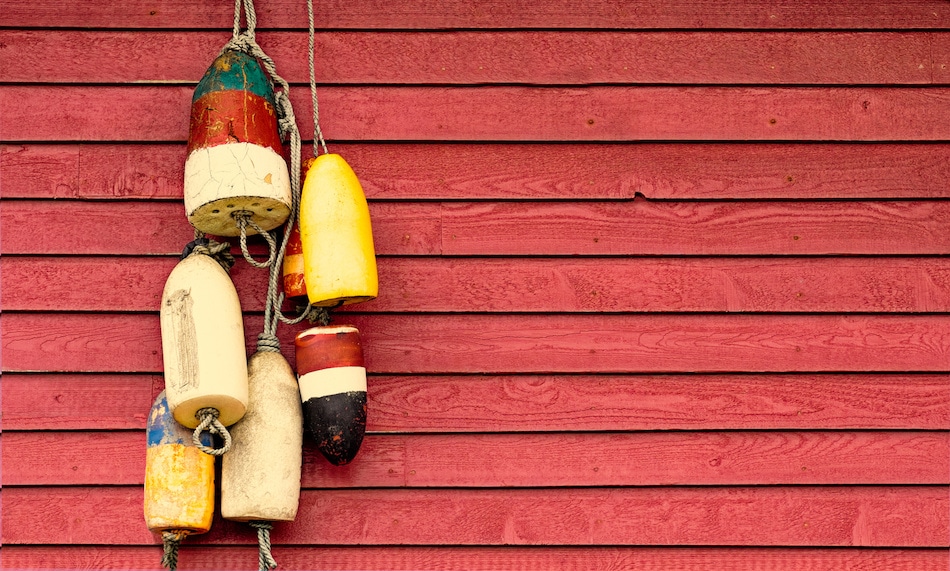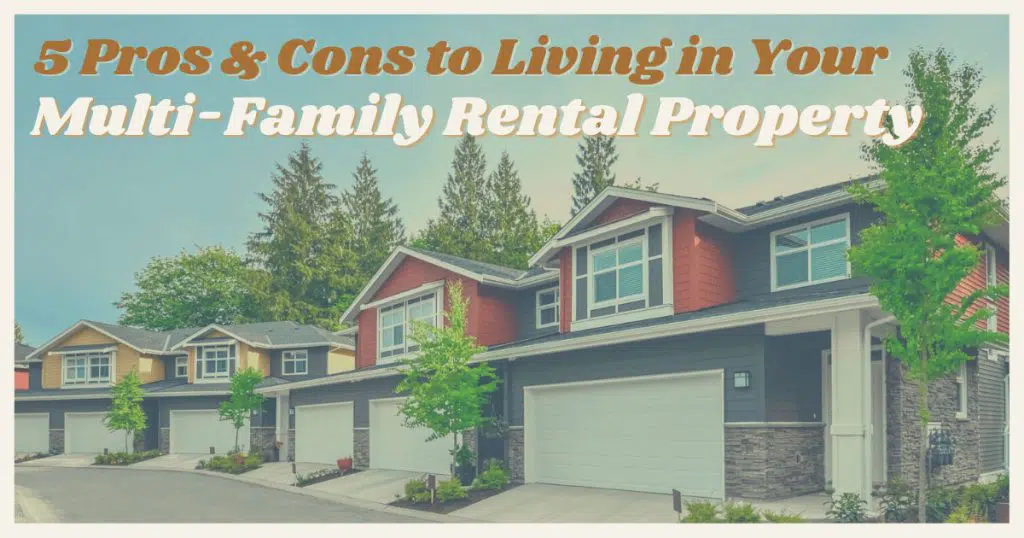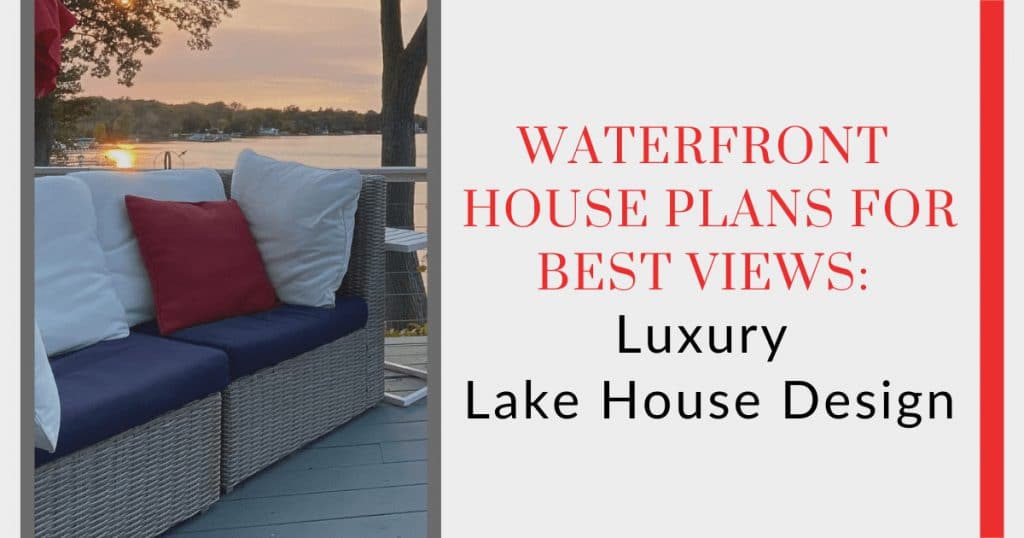
Popular Home Siding Options to Add New Curb Appeal
 People who want to upgrade their home siding should know that they have a lot of choices, depending on their budget and the style of home they have. With this information, homeowners have the basics of the most popular types of home siding today, in Carver or elsewhere.
People who want to upgrade their home siding should know that they have a lot of choices, depending on their budget and the style of home they have. With this information, homeowners have the basics of the most popular types of home siding today, in Carver or elsewhere.
Vinyl Siding
Many people choose vinyl siding because it is a highly cost-effective option. Vinyl siding is fairly inexpensive when compared to other siding types, yet it is hardy and can last for many years. Vinyl is unlikely to chip or flake, which means that homeowners often do not have to touch up or repaint their vinyl siding in the years after they buy it. Because it is made of a synthetic material, it will not rot and is far less susceptible to water damage than wood.
Stucco Siding
For dry climates, few choices end up making sense like stucco. Stucco is not a particularly lightweight siding option, but it dries hard and can be shaped in almost any fashion. The process of putting stucco on a home’s exterior usually involves placing a metal screen over a wood wall, and covering it with the stucco. Although stucco does have some maintenance requirements and could chip or need repainting from time to time, it can last for many decades.
Brick Siding
Although homes might have been actually built of bricks many years ago, modern brick homes typically use brick as a veneer instead of a component of the home structure. Brick is attractive as a siding option because it has a timeless appearance, stands up to all kinds of weather, and needs very little work to keep it in excellent shape. Brick is often a more-expensive choice, but could very well last as long as the house.
Wood Siding
People who are looking to use only natural materials for their siding might be surprised to learn that wood siding is still a very popular choice. Wood can be cut and placed on a home’s exterior in a few different ways, called clapboard, shake, or shingles. Although wood is prone to catching fire, the wood can be treated with a fire-retardant material to minimize flammability. Maintaining the paint on the outside of the wood helps to reduce the likelihood of water absorption.
Fiber Cement Siding
People who have not heard of fiber cement siding have almost certainly seen it on homes in their area. A combination of sand, cement, and plant fibers, this composite material can be shaped to look like bricks, stone, or wood siding. Fiber cement is much less permeable to water than wood, and often costs less than brickwork or a stone veneer. Homeowners can even have the siding painted before it arrives at the home, making installation quicker.
Stone Veneer Siding
Not every home is a good candidate to have a stone veneer placed on a portion of the exterior, related in part to the weight of the stone and the condition of the structure. However, homes with a stone veneer can feature this luxury upgrade for decades or even hundreds of years. Stone siding does not need a great deal of maintenance, but tends to be one of the most expensive siding options. The type of stone selected, as well as its quality and size, may affect the total price.
Choosing siding for a home requires an understanding of the best siding options available, but research can yield a plethora of fitting options for them. Siding options come in all price points and can even include energy efficiency. With these tips, homeowners gain greater knowledge about the types of siding that might be best for their needs.



